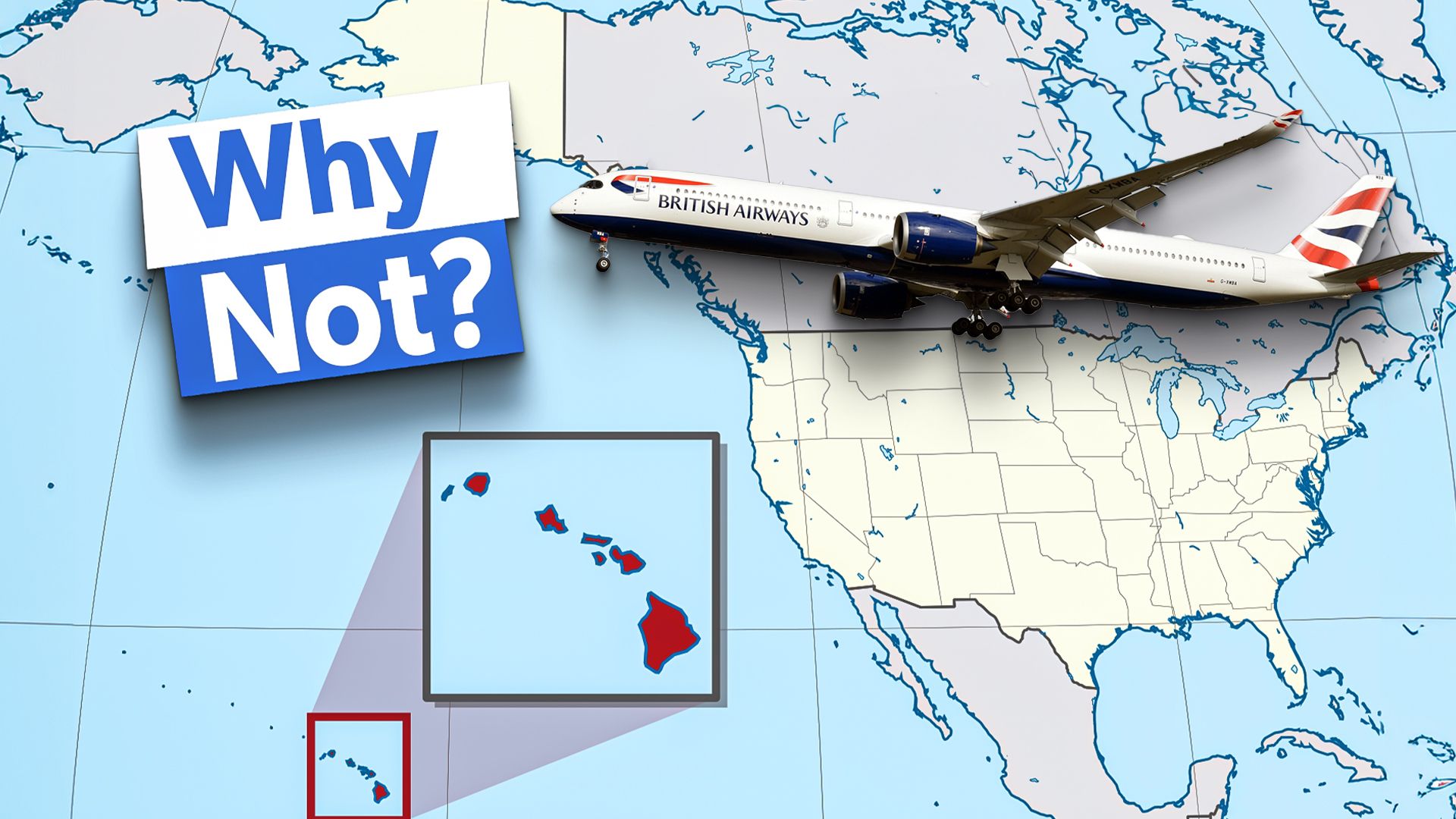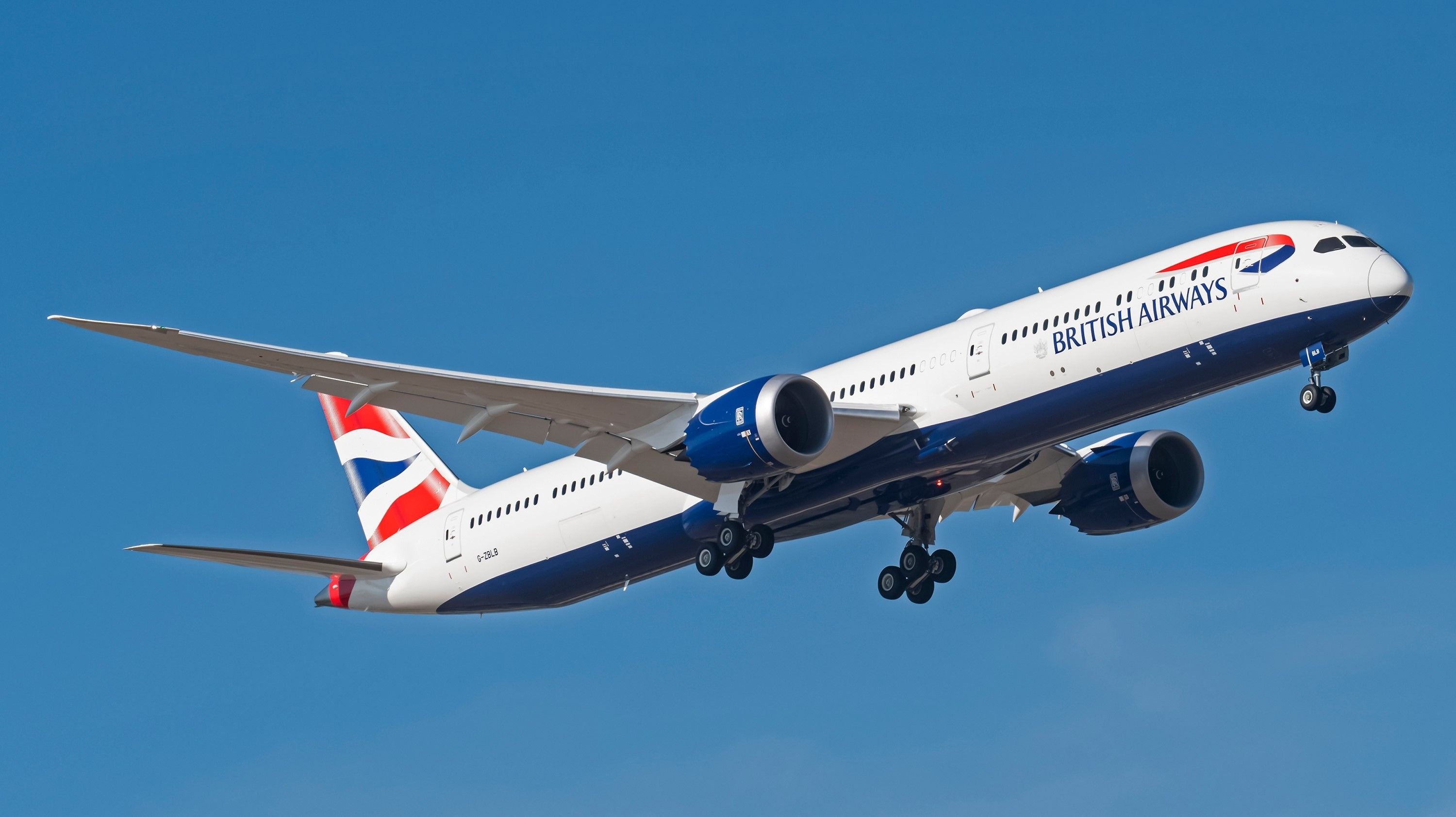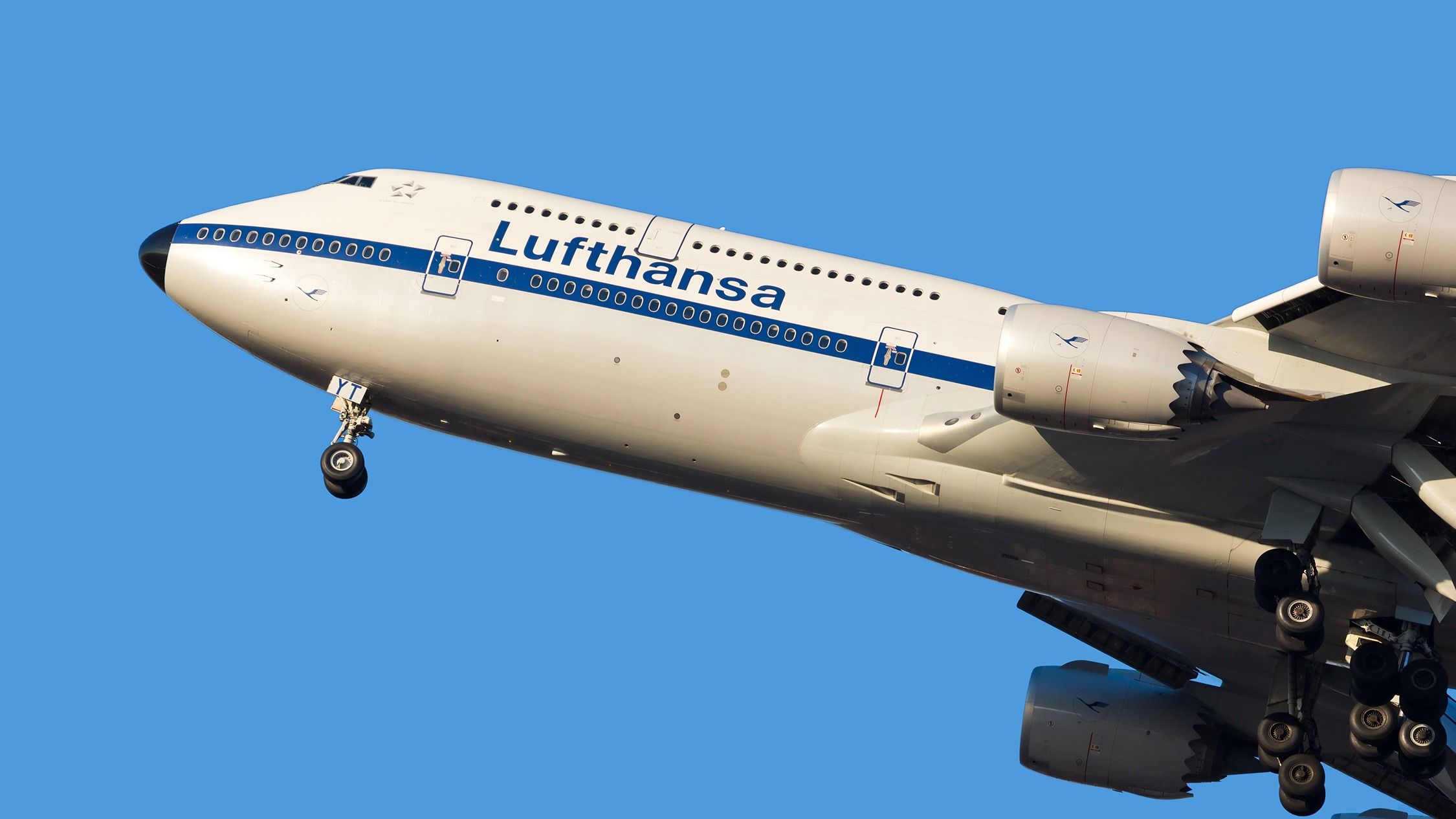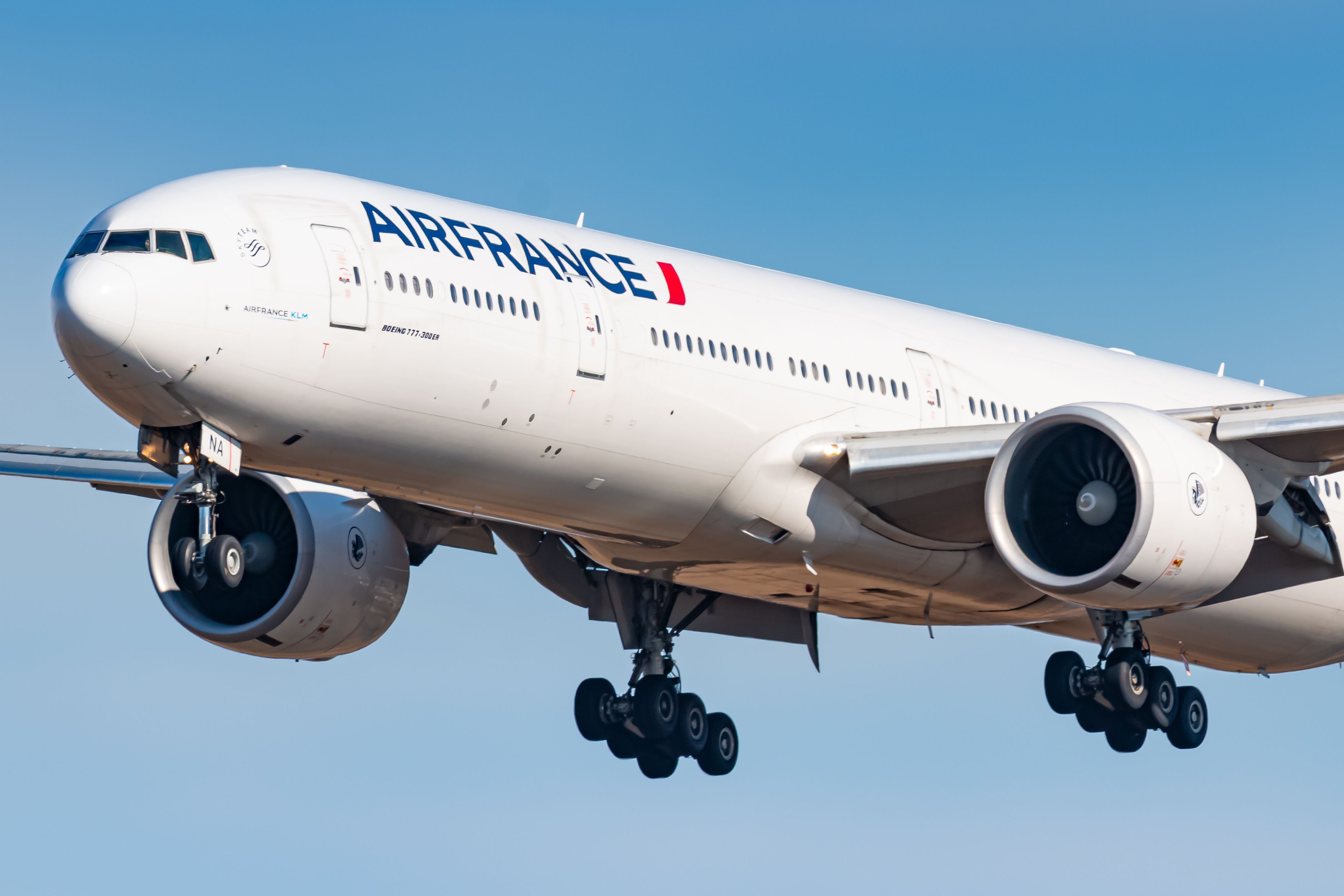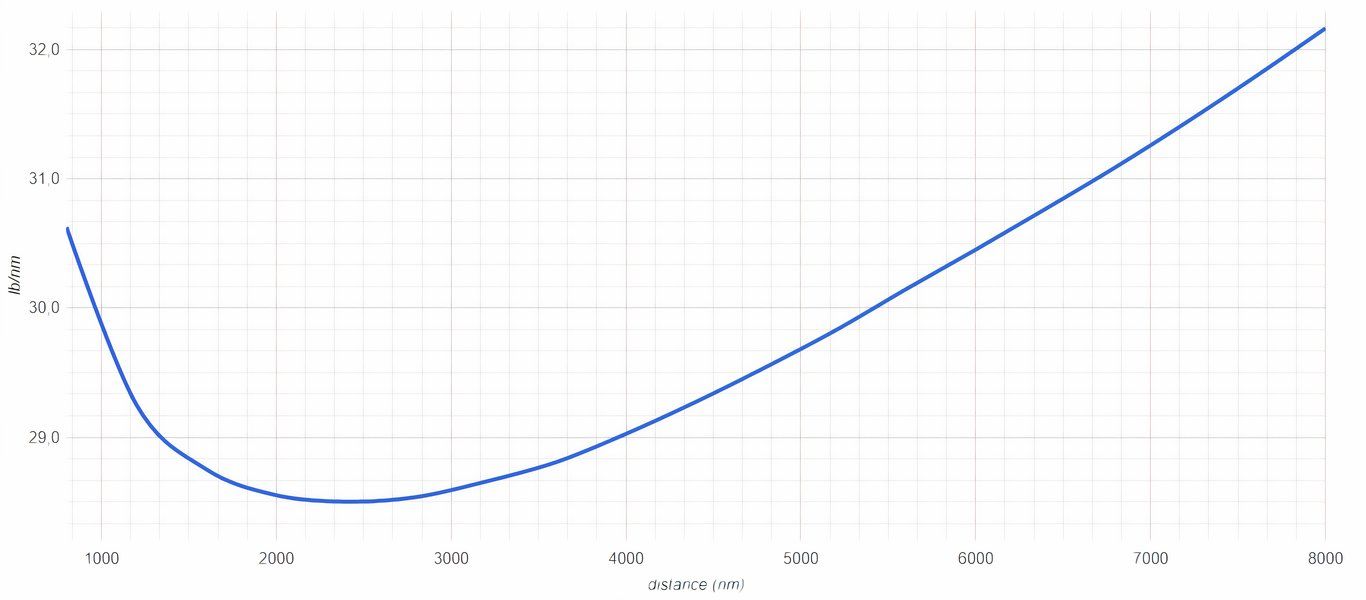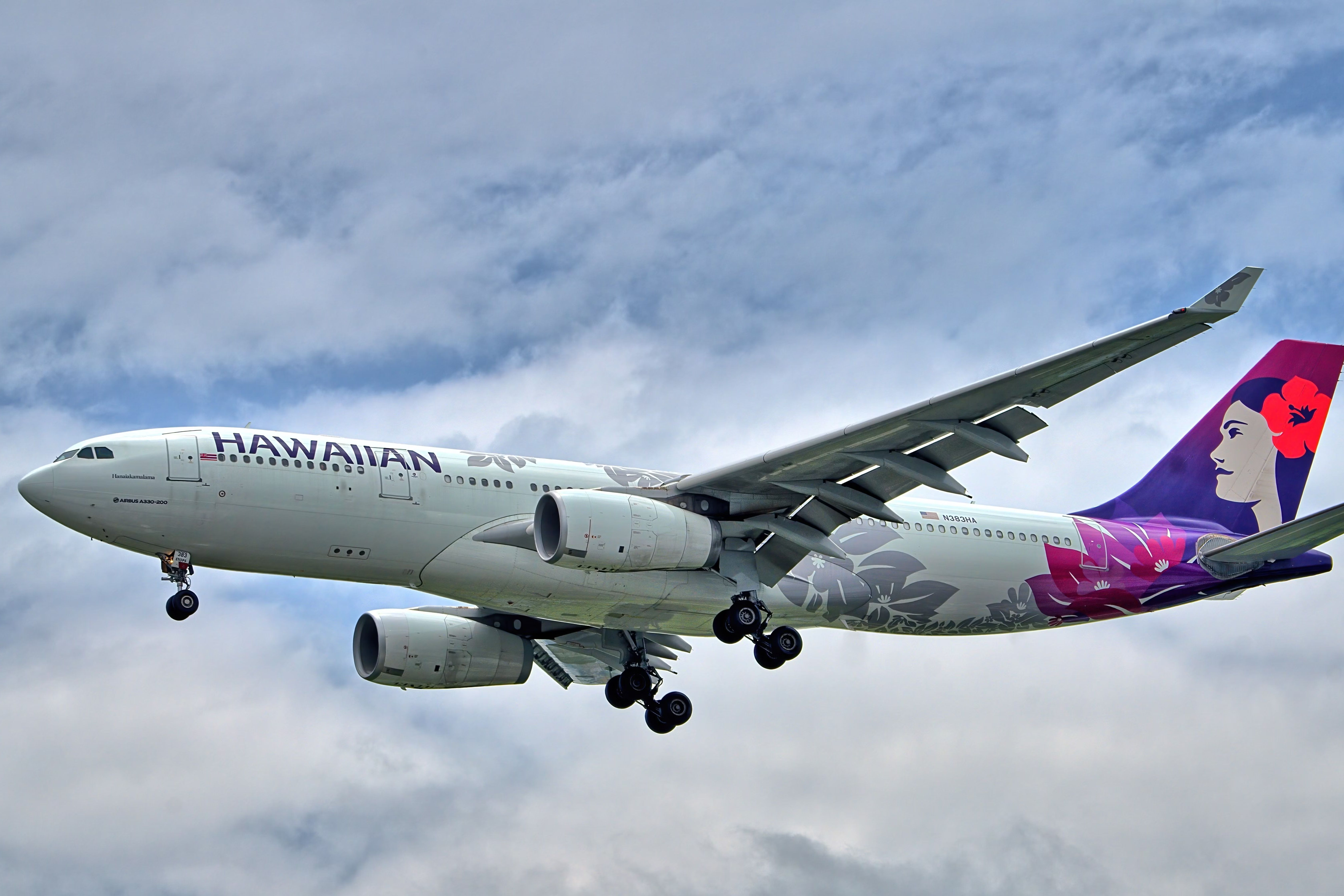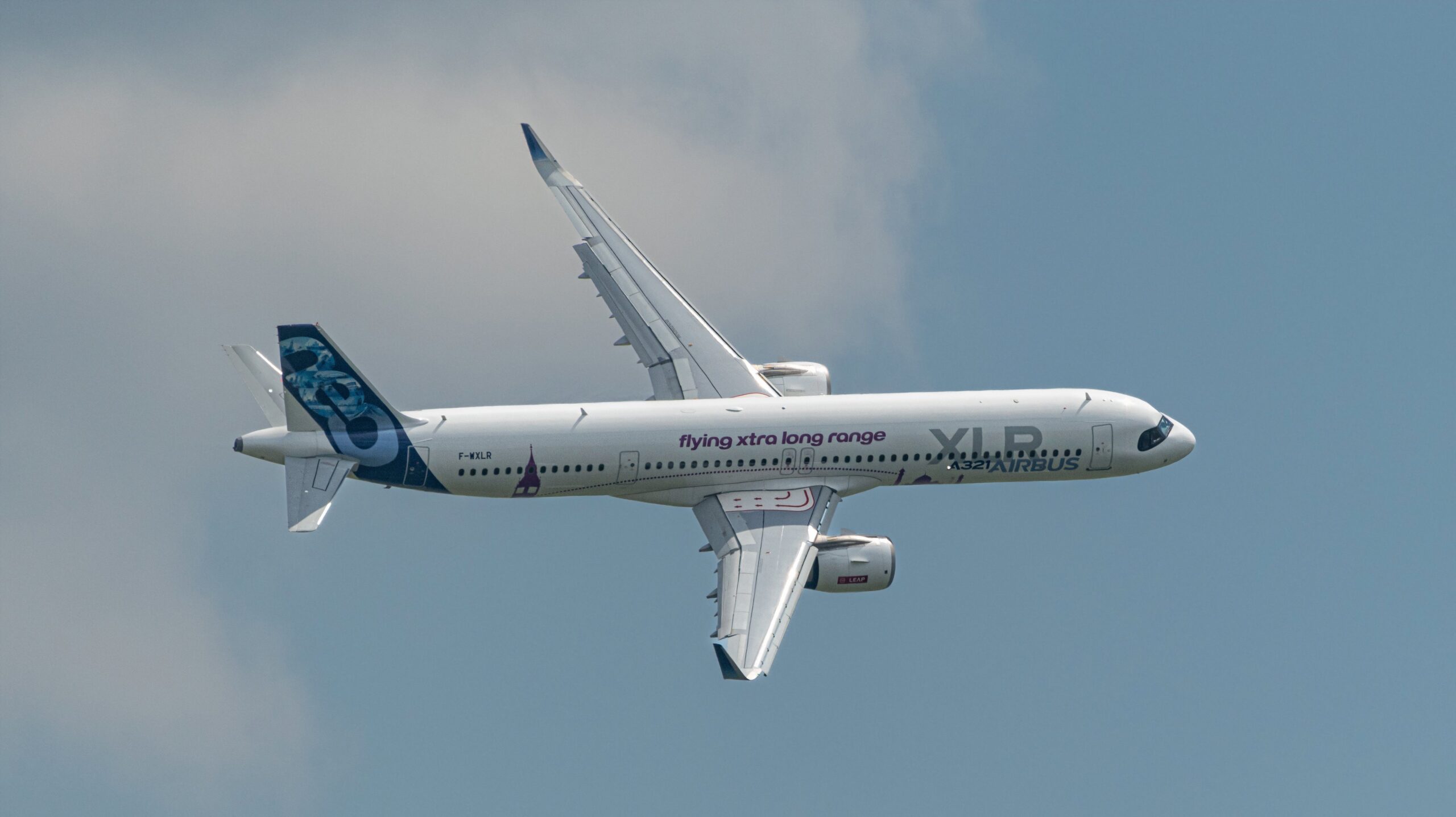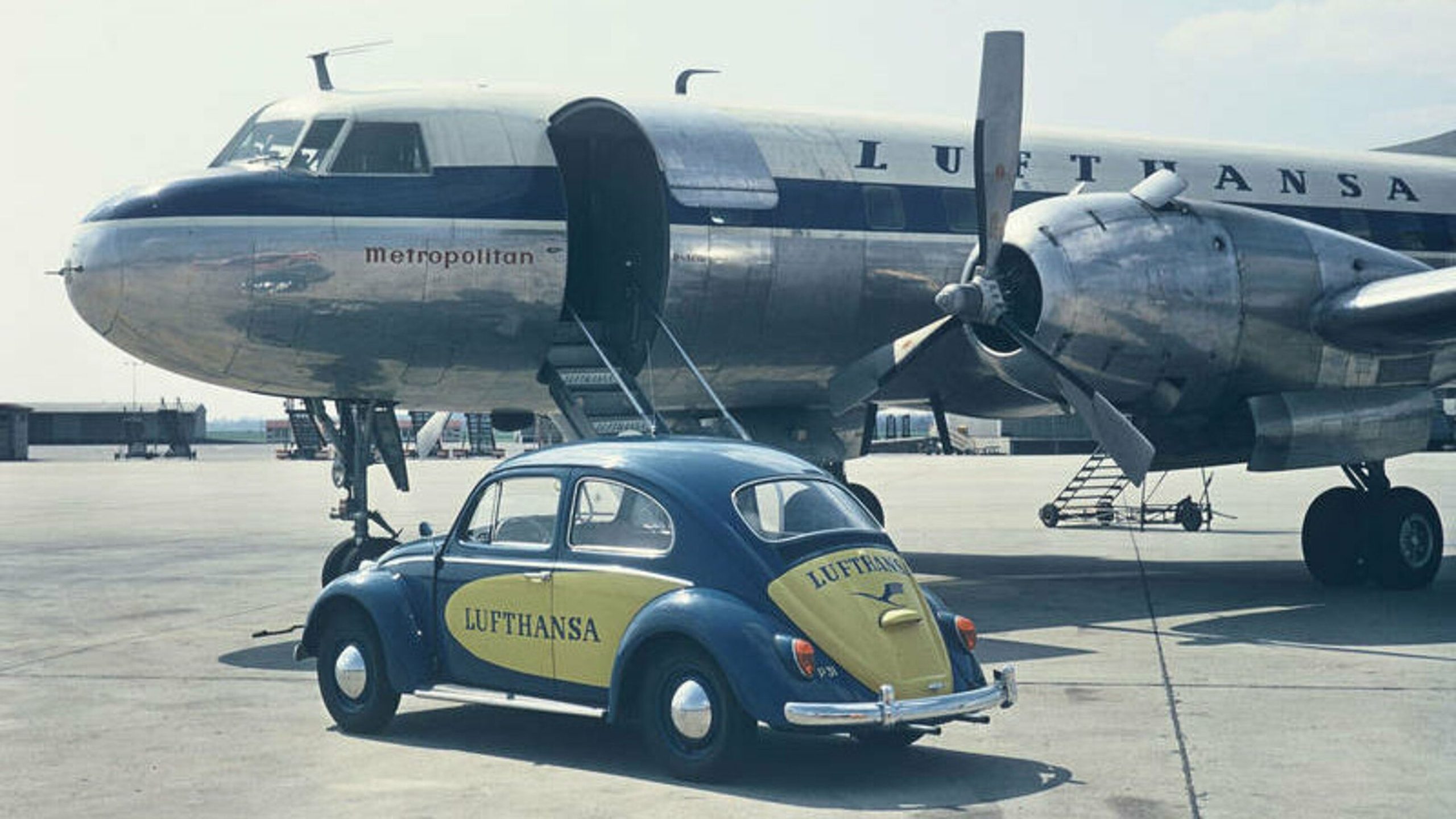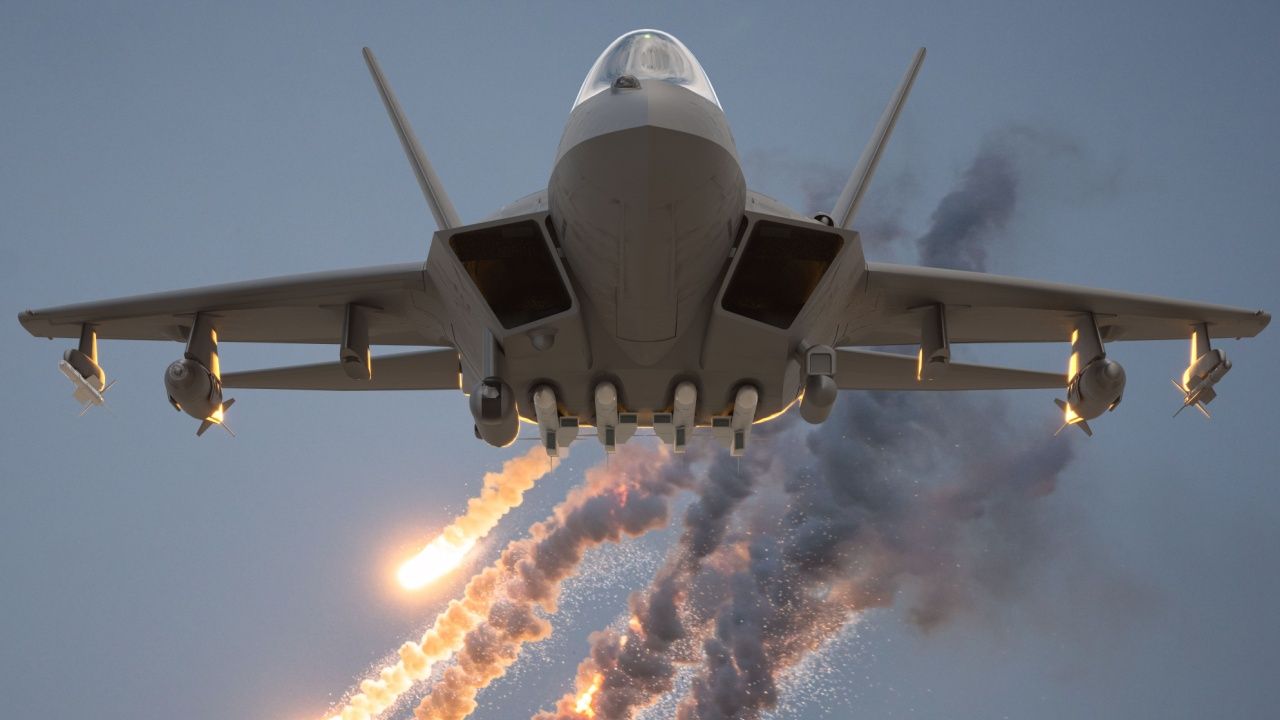Summary
- European airlines avoid nonstop flights to Hawaii due to weak economic incentives and lack of business travelers.
- Ultra-long-haul flights to Hawaii challenge fuel efficiency and are less profitable for European carriers.
- European airlines would struggle with razor-thin margins on such routes and inefficient fuel consumption without reliable business travelers would likely prove a loss-yielding combination.
One of the world’s most well-connected international air travel markets, Europe, and one of the world’s most premium leisure destinations, the US state of Hawaii, lack direct flights. Nonetheless, according to published statistics from the Hawaii Tourism Authority, hundreds of thousands of European travelers visit the islands yearly, flocking to its sunny beaches and pleasant weather.
While these two destinations sit thousands of nautical miles apart, commercial aircraft are in service with the appropriate range to connect the island chain and the continent nonstop. Despite these capabilities, no European airlines fly from their hubs to Honolulu’s Daniel K Inouye International Airport (HNL) or any other facility on the islands.
Photo: Robin Guess | Shutterstock
Therefore, the hurdles that prevent European airlines from operating flights to Hawaii are economic and logistical rather than technological. The lack of nonstop flights from Europe is emblematic of how the airline industry operates and shows exactly which kind of travelers legacy airlines profit by targeting. In this article, we will examine why no European airlines fly to the Hawaiian islands.
Different kinds of markets
Overwhelmingly, legacy airlines make their money on business travelers, those who fly with high regularity and consistently purchase expensive tickets in premium cabins. A good example of a strong market for this kind of demand is that between Europe and the United States, in which hundreds of daily transatlantic flights feature some of the most premium products currently on the market.
European legacy carriers, operating a model that focuses on business or corporate travel, are exactly these kinds of airlines and almost always need heavy streams of high-paying premium traffic to fill their cabins and profit. But for Hawaiian flights, a significantly different travel demographic caters less to the business practices of major European airlines.
Photo: Carlos Yudica | Shutterstock
There is relatively limited business travel between the mainland United States and Hawaii, and the vast majority of it relates either to the tourism industry in the island state or to some of its few major exports. Even fewer business travelers seek efficient nonstop connections between Europe and the islands.
As a result, most European airlines have shied away from the prospect of serving the Hawaiian islands, and American carriers have been quick to snap up the travelers looking to make their way from the continent to the archipelago, most of whom are overwhelmingly traveling for vacation. Those flying for leisure are significantly more price-sensitive and likely to choose a flight from Europe to Hawaii that stops halfway through and costs less than a more expensive nonstop journey.
There is no shortage of single-stop itineraries between Europe and London, mostly from US carriers like Delta, American, and United. These routings will typically offer a singular connection at one of these major carrier’s hub airports along the US West Coast, such as Los Angeles International Airport (LAX) or San Francisco International Airport (SFO).
As a result, the economic incentives for airlines like British Airways, Air France, and Lufthansa to fly to Hawaii are extremely weak. All three (alongside most others on the continent) are members of major airline alliances, which can allow them to simply transfer passengers onto partner airlines via West Coast hubs.
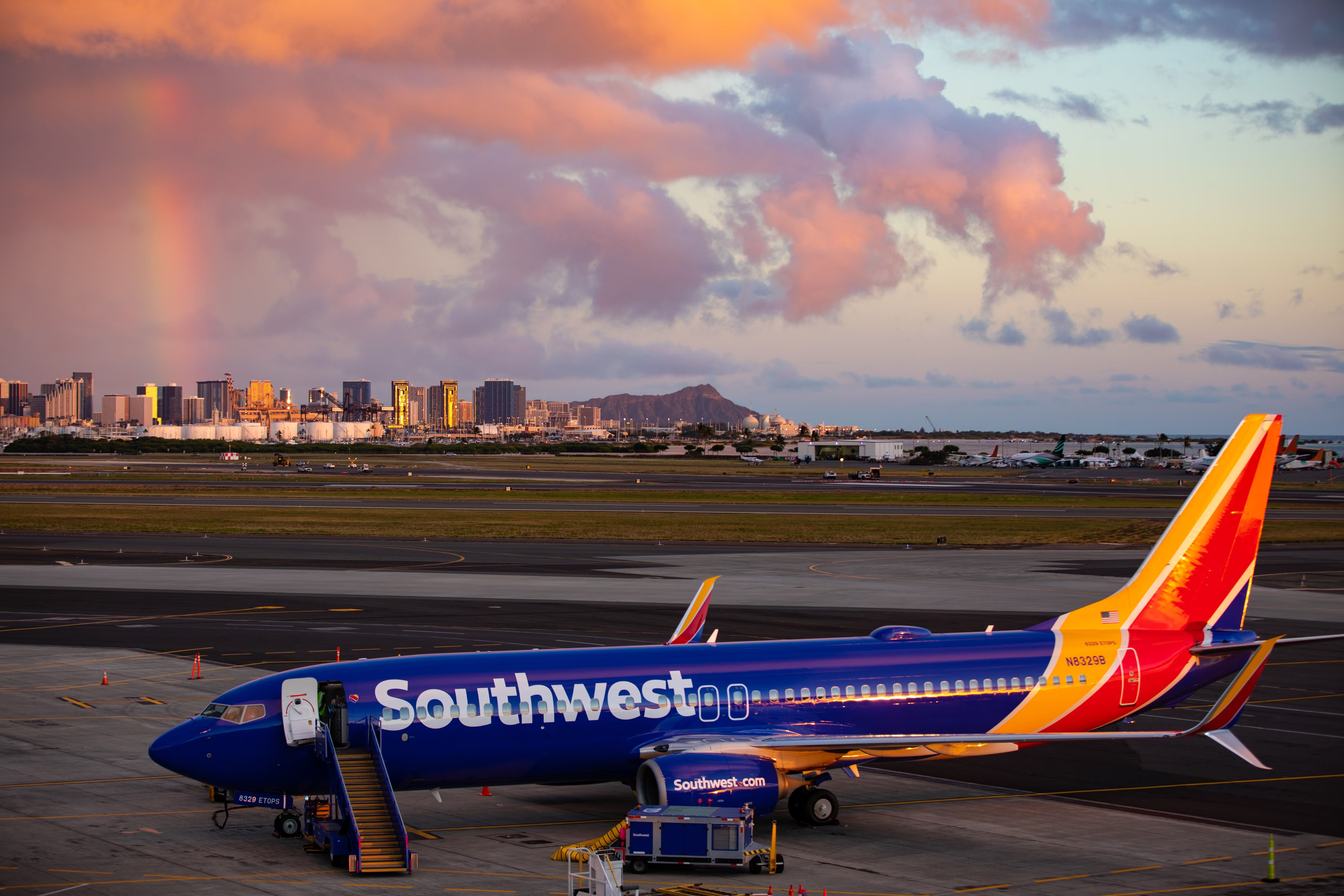
Related
ETOPS: How The Boeing 737 & Airbus A321 Changed Hawaii Aviation
The islands’ development was changed significantly.
Ultra-long-haul travel
The discussion of flights between Europe and Hawaii brings up a few interesting points about the nature of ultra-long-haul travel. These flights push the limits of aircraft range capabilities, but also provide even more challenging operating economics.
It may seem counterintuitive that aircraft are significantly less fuel efficient on ultra-long-haul flights than on standard ones. Since aircraft do burn less fuel while in cruise as opposed to during takeoffs or landings, planes do have to carry more fuel to fly further, which increases fuel consumption on a per-passenger-per-mile basis drastically.
Photo: Lukas Wunderlich | Shutterstock
A book by esteemed aerospace engineer Antonio Filippone, a member of the faculty at the University of Manchester, explores this relationship in great detail. In his 2012 book Advanced Aircraft Flight Performance, which was published by Cambridge University Press, he analyzes the fuel performance of a Boeing 777-300 over different distances, both with an intermediate stop halfway through and without.
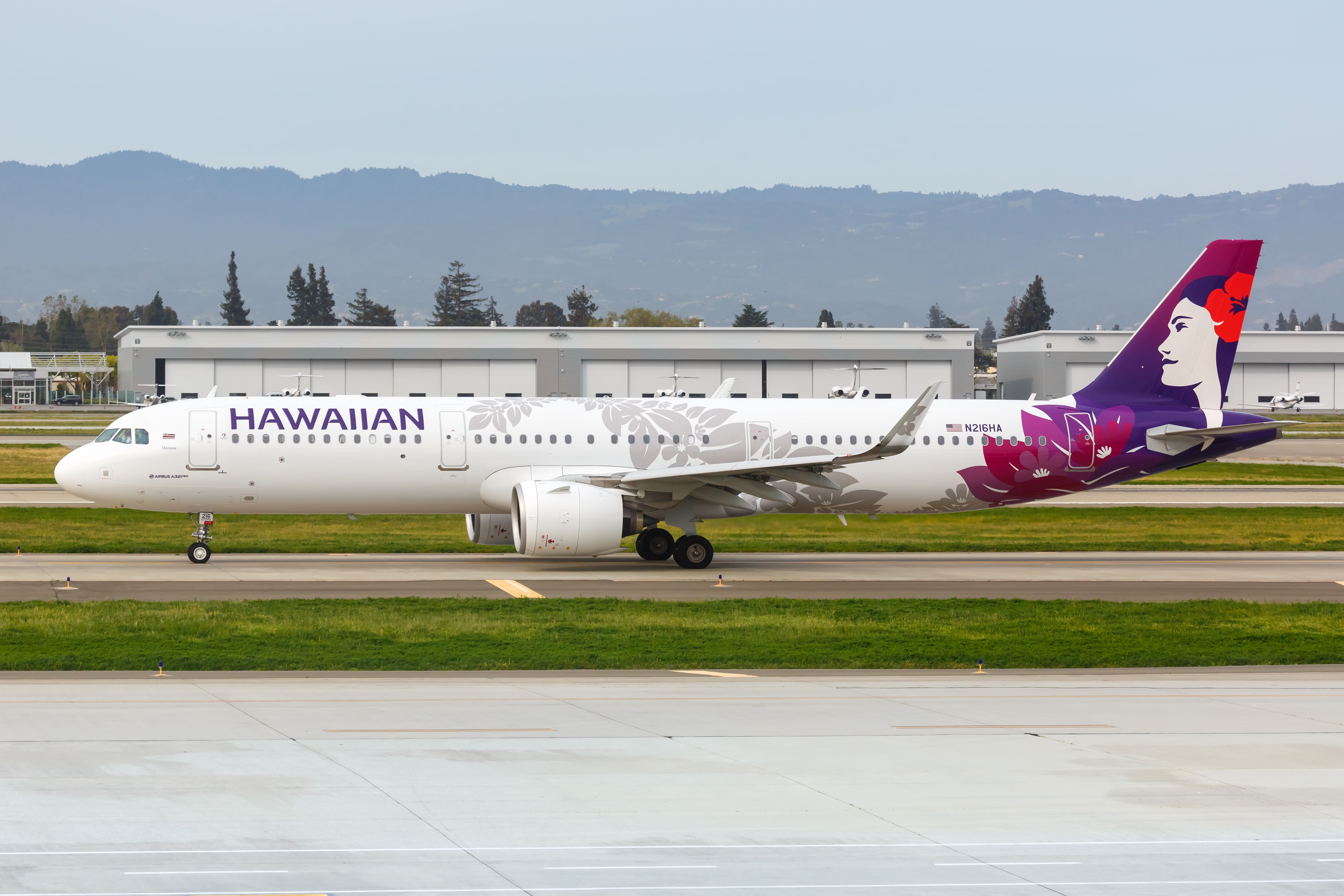
Related
Do You Need A Passport To Fly To Hawaii?
Hawaii seems far away, but it’s closer than you think! Here’s a quick guide to the passport requirements for entering the state of Hawaii.
The optimal fuel efficiency for this aircraft type is achieved at a distance of just around 2,000 nautical miles, in which fuel consumption per passenger per nautical mile bottoms out at around 0.047 kilograms. But as soon as the range is increased to over 5,000 nautical miles, fuel consumption rises to over 0.052 kilograms per passenger per nautical mile.
By stopping halfway through, fuel consumption remains significantly lower. A similar analysis performed for a Boeing 777-200 can be seen below, demonstrating a similar phenomenon:
What does this all mean?
Fuel is an airline’s largest cost by a large margin, and on longer flights, fuel costs begin to account for an even larger portion of a passenger’s ticket price. Therefore, airline margins begin to shrink even further from their already razor-thin levels, making ultra-long-haul routes even harder to operate in the absence of a reliable stream of business travelers.
At the end of the day, this makes it close to impossible for European airlines to want to operate nonstop routes to Hawaii, as the operating economics simply do not make sense. Even with the newest Airbus A350 and Boeing 787 models, fuel efficiencies do not improve to the point at which these airlines believe flying nonstop would be worth their time over simply connecting passengers along the American West Coast.
Photo: DLeng I Shutterstock
There were rumors that one airline might begin flying nonstop from Europe to Hawaii in the near future, but it was not a European carrier. A 2016 piece in The Wall Street Journal hinted that Hawaiian Airlines might be considering new nonstop routes to Europe with their Airbus A330neo jets, as per a statement from the airline’s chef. However, these plans never materialized, and the airline ended up dropping its A330neo order in favor of the Boeing 787-9.
